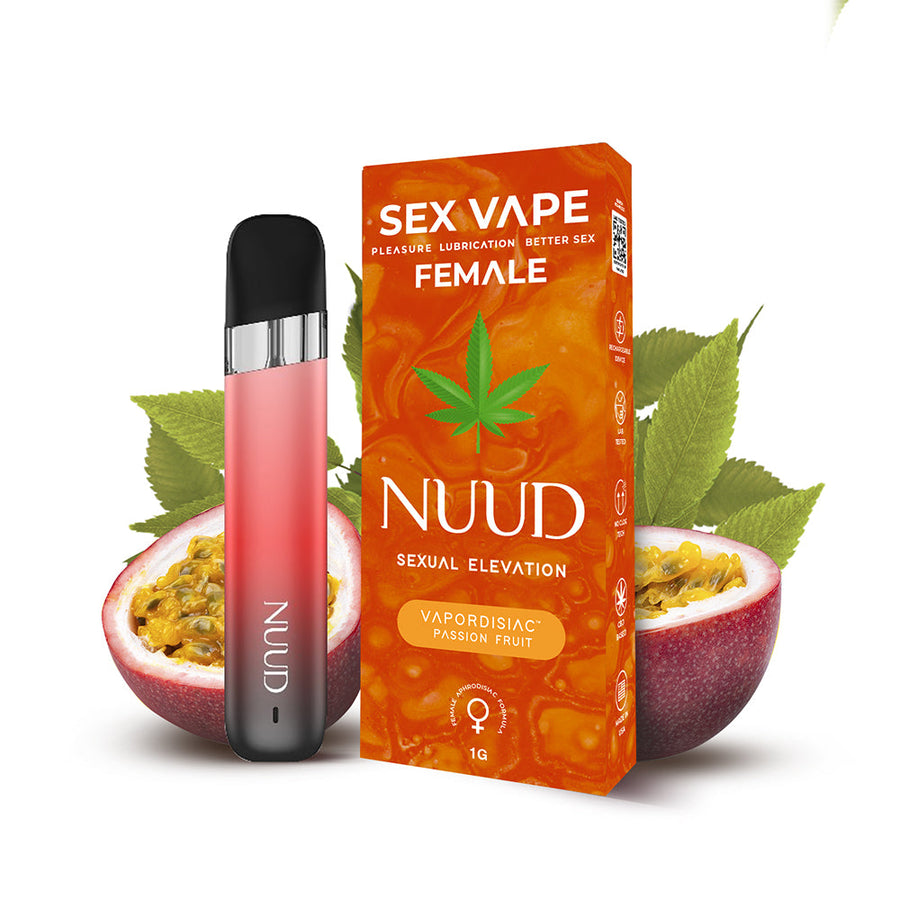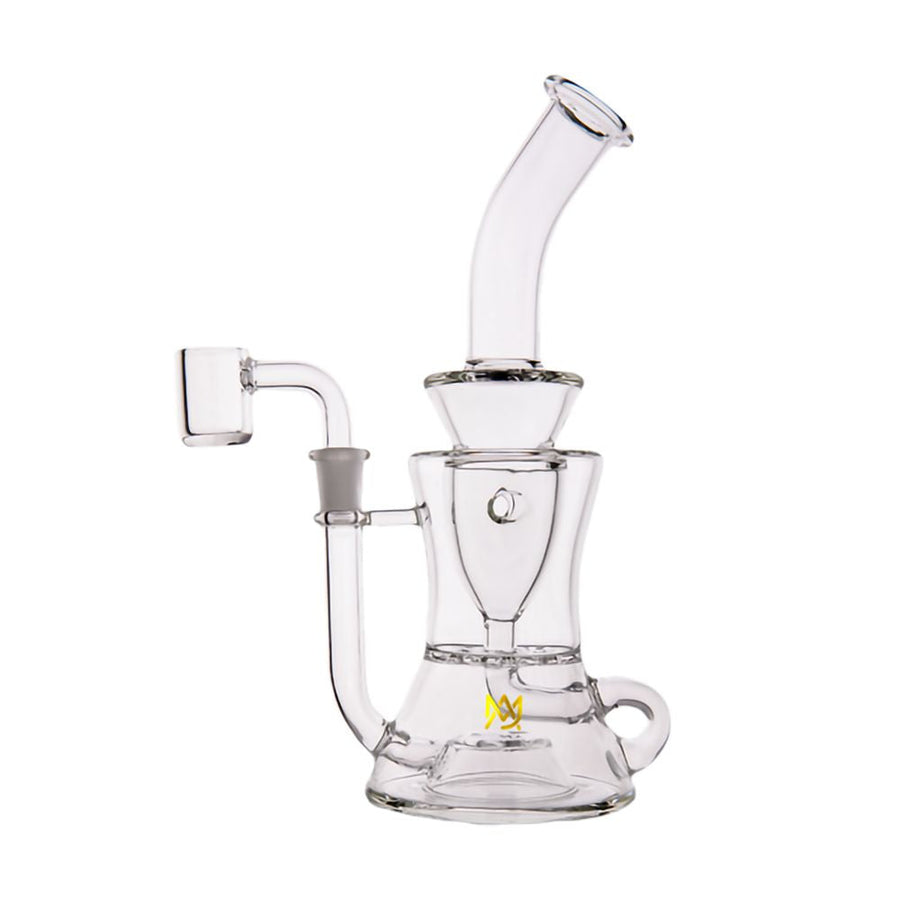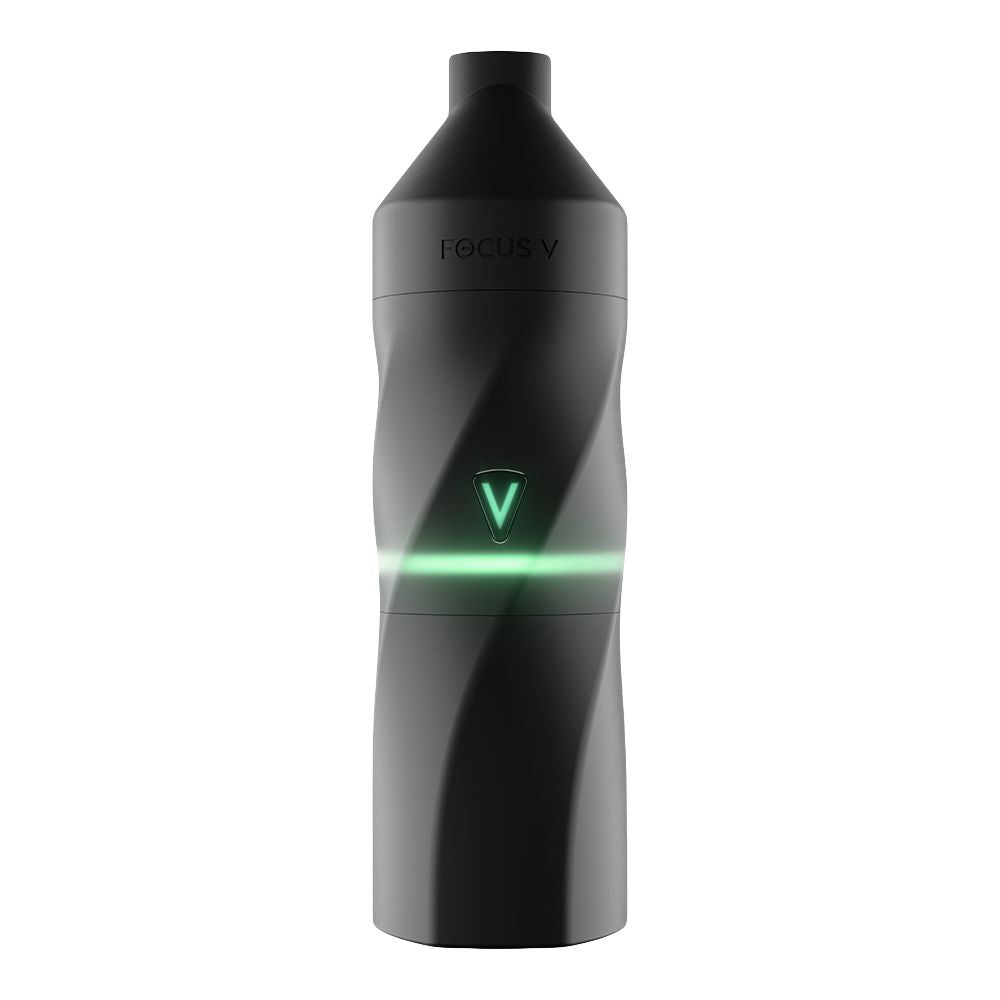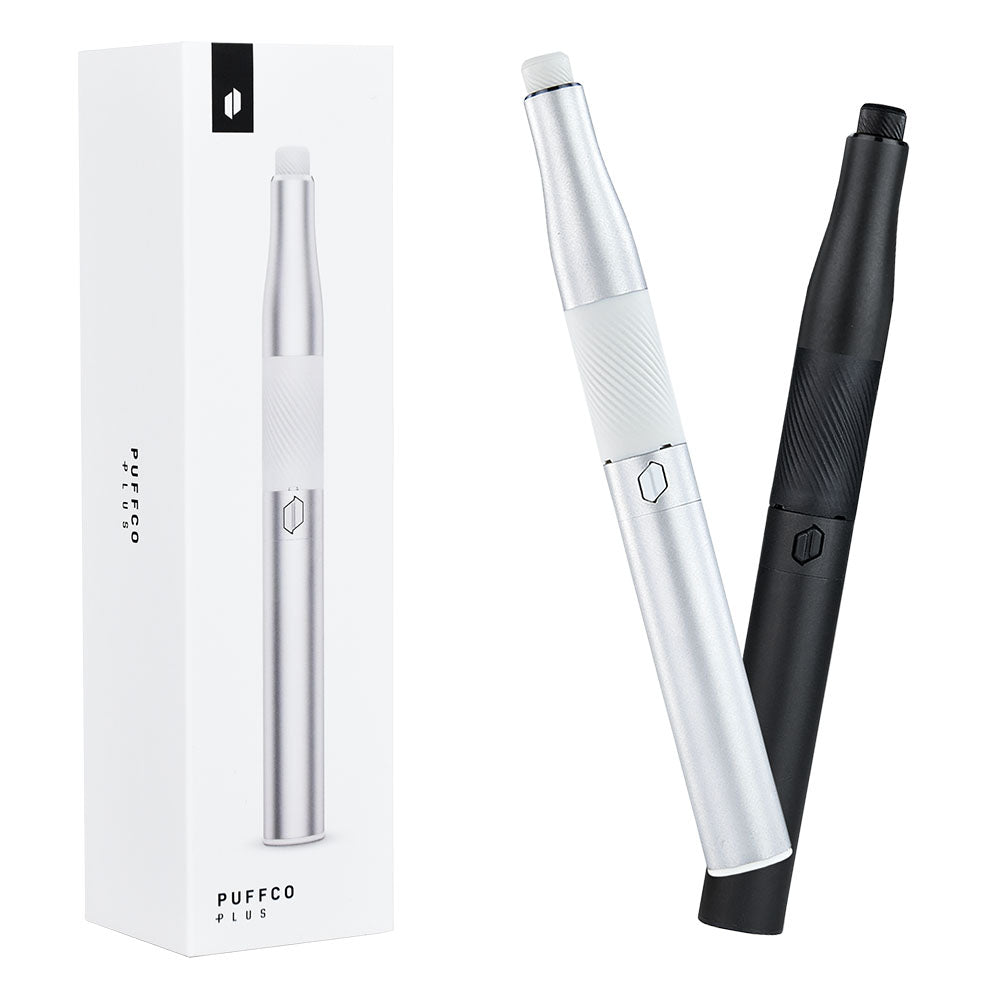What is Dabbing and How Does It Work?

Many people are curious about the world of cannabis but may not know where to start. Dabbing is a method that's gained popularity for its potency and quick effects. This blog will guide you through what dabs are, how they work, and what to be aware of, offering insights into safer consumption practices.
Dive in to discover more!
Key Takeaways
- Dabs are highly concentrated forms of cannabis, like wax or shatter, made by extracting THC using solvents such as butane or CO2. This process creates a potent product that delivers an intense high.
- Consuming dabs can lead to both short-term and long-term effects including immediate euphoria, impaired memory and coordination, potential respiratory issues, lowered cognitive function, and increased risk of mental health disorders.
- Using high - quality equipment for dabbing can reduce harm. It is important to stay hydrated, clean your dab rig regularly, use low temperatures for dabbing, and take breaks between sessions to avoid overconsumption.
- Developing tolerance and dependence on dabs is possible with regular use. Symptoms may include needing more dabs to feel the same effects as before and experiencing withdrawal symptoms when not using.
- Seeking help for dab abuse involves recognizing signs of addiction such as growing tolerance or neglecting responsibilities in favor of dabbing. Professional treatment options include counseling sessions and support groups tailored to individual needs.
What are Dabs?

Dabs are highly concentrated doses of cannabis that come in various forms such as wax, shatter, or hash oil. They are made by extracting THC and other cannabinoids from the marijuana plant using solvents like butane or CO2.
Definition

A dab refers to a small amount of concentrated cannabis, often resembling wax or shatter. These concentrates pack a powerful punch because they contain high levels of THC, the primary psychoactive component in marijuana.
Users vaporize these substances on a hot surface, such as a nail, and inhale the resulting smoke through a dab rig.
The process involves extracting THC and other cannabinoids using solvents like butane or CO2, leading to products known as BHO (Butane Hash Oil), wax, shatter, and resin. This method pulls out potent compounds from the cannabis plant material, leaving behind an extract that's much stronger than regular marijuana flower.
Ingredients

After understanding what dabs are, it’s important to know the ingredients used in making them. Cannabis concentrates, such as shatter and wax, are the primary components of dabbing.
These concentrates contain high levels of THC extracted from marijuana plants using butane hash oil (BHO) or other solvents. Terpenes, the aromatic oils that give cannabis its distinctive flavors and scents, are also present in these concentrates.
When dabbing, users consume these potent extracts by vaporizing them at high temperatures.
How it's made

To make marijuana concentrates, the extraction process involves using solvents such as butane or CO2. This allows manufacturers to extract the THC from the cannabis plant, resulting in a highly potent substance. The process typically involves the following steps:
- Harvesting the cannabis plant: The first step is selecting high-quality cannabis flowers for extraction.
- Extraction using solvents: Butane or CO2 is used to separate the THC and other cannabinoids from the plant material.
- Purging and refining: The extracted material is then purged of any remaining solvents and impurities, resulting in a concentrated form of THC known as butane hash oil (BHO) or resin.
- Packaging: Once refined, the concentrate is then packaged into various forms such as wax, shatter, or oil for dabbing.
- Quality control: Stringent testing ensures that the final product meets safety standards for consumption.
Effects and Risks of Dabbing

Dabbing can lead to short-term effects like immediate euphoria and relaxation, as well as impaired memory and coordination. Long-term use may result in respiratory issues, decreased cognitive function, and an increased risk of developing mental health disorders.
Short-term effects

Short-term effects of dabbing can include an immediate high that may lead to impaired judgment and coordination. Users may experience an increased heart rate, coughing fits, and heightened anxiety or paranoia.
Additionally, short-term memory impairment and dry mouth are common side effects of dabbing.
Excessive consumption of marijuana concentrates in a short period can also result in dizziness, nausea, and even hallucinations for some users. It's important to be aware of these short-term effects and consume responsibly to minimize potential risks associated with dabbing.
Long-term effects

Long-term dabbing can lead to respiratory issues, such as chronic bronchitis and coughing. It may also result in a decrease in cognitive function and memory retention over time. Users may experience an increased tolerance to THC, leading them to consume higher doses for the same effect.
Prolonged use of dabs can lead to cannabis use disorder, where individuals struggle with controlling their consumption and continue using despite negative consequences.
Moreover, long-term dabbing has been linked to mental health challenges, including anxiety and depression. Regular use of high-potency marijuana concentrates like dabs is associated with a greater risk of developing psychotic disorders in vulnerable individuals.
Mental health impact

Dabbing can have a significant impact on mental health. Regular use of high-potency THC concentrates may lead to an increased risk of anxiety, paranoia, and even psychotic symptoms in some individuals.
This can be particularly problematic for those already predisposed to mental health conditions or those with a history of psychiatric disorders. Furthermore, excessive marijuana use has been linked to a decline in cognitive function, including memory, attention, and decision-making abilities.
Using dabs can also worsen existing mental health issues such as depression and bipolar disorder. Additionally, it's important to note that mixing dabs with other substances like alcohol or prescription medications can further exacerbate these negative effects on mental well-being.
Tolerance and dependence

Tolerance and dependence can develop with regular dabbing. Tolerance means needing more dabs to feel the same effects as before. Dependence is when the body relies on dabs to function normally.
These can lead to withdrawal symptoms when trying to stop. To reduce tolerance and dependence, take breaks from dabbing regularly.
Mixing dabs with other drugs increases the risk of developing these issues. It's important to be aware of how much and how often you're dabbing. Seeking professional help if you or someone you know is experiencing tolerance, dependence, or withdrawal symptoms is crucial for maintaining a healthy relationship with cannabis products.
Mixing with other drugs

Mixing dabbing with other drugs can have serious and unpredictable effects on the body. Combining THC with alcohol, prescription medications, or other illicit drugs can increase the risk of adverse reactions, including dizziness, nausea, vomiting, and impaired judgment.
It is important to understand that combining different substances can lead to heightened potency and unpredictability in the way they affect the body. This combination also increases the likelihood of developing tolerance and dependence on multiple substances.
Using multiple drugs simultaneously may significantly impact mental health as well as physical well-being. The interactions between different substances can amplify negative side effects and increase the risk of overdose or long-term health complications.
How Dabbing Works

Dabbing works by heating a surface, such as a nail or banger, and then applying the marijuana vaporizer for everyday use to produce vapor. Users can also consume dabs through dab pens which heat the concentrate directly.
Methods of consumption
Consumers use various methods to consume marijuana resin. The most common methods include:
- Vaporization: Inhaling vapor from a heated concentrate delivers THC without burning the material.
- Dab Rigs: Similar to a water pipe, these rigs feature a heated surface where dabs are placed and inhaled.
- E-Nails: Electrically powered devices that maintain consistent temperatures for dabbing.
- Dab Pens: Portable devices with a heating element that allows users to vape concentrates discreetly.
- Hot Knives: Heating two knives and pressing them against the concentrate to inhale the vapor.
Impact of mood and environment

Mood and environment greatly influence the experience of dabbing. The setting in which a person uses dabs can affect how they feel, with factors such as lighting, noise level, and comfort playing a role.
Being in a relaxed and familiar environment can enhance enjoyment. Additionally, one's mood before consuming dabs may intensify the effects, so being mindful of feelings beforehand is important for a positive experience.
The impact of mood and environment on dabbing cannot be overstated. Consuming dabs in an upbeat or calm state can heighten the pleasurable aspects while using them in stressful or chaotic surroundings may lead to discomfort or anxiety.
Reducing harm
To minimize potential harm from dabbing, it's crucial to consider these strategies:
- Use high - quality butane hash oil (BHO) with a low THC concentration.
- Invest in a reliable dab rig and regularly clean it to avoid inhaling harmful residues.
- Opt for low - temperature dabs to reduce the risk of inhaling carcinogens.
- Stay hydrated and take breaks during dabbing sessions to prevent overconsumption.
- Seek professional advice on safe consumption practices, especially if experiencing adverse effects.
- Engage in open communication with peers about responsible dabbing habits to promote a safe environment.
Withdrawal
Transitioning from reducing harm to the potential reality of withdrawal, it’s important for individuals who have been dabbing to understand that stopping abruptly can bring about unpleasant symptoms.
The body and mind may become accustomed to the effects of THC, leading to cravings, irritability, decreased appetite, and difficulty sleeping. These symptoms are typically at their worst during the first few days after quitting but can linger for weeks.
It is essential for anyone experiencing these symptoms to seek professional help or support from resources dedicated to helping people overcome dab addiction.
Getting Help for Dab Abuse

Recognizing signs of addiction is crucial for addressing dab abuse. Seeking professional treatment and utilizing available resources and support are essential steps in the recovery process.
Recognizing signs of addiction
Recognize the signs of addiction:
- Notice a growing tolerance to dabs, requiring larger amounts to achieve the same high.
- Experience withdrawal symptoms when not using dabs such as irritability, anxiety, and changes in appetite.
- Start neglecting responsibilities, hobbies, or social activities in favor of dabbing.
- Have difficulty cutting down or quitting despite wanting to do so.
- Encounter financial or legal issues related to obtaining dabs.
Seeking professional treatment
If you or someone you know needs help with dab abuse, seeking professional treatment is crucial. Consider the following steps:
- Contact a licensed addiction counselor or therapist who specializes in substance abuse.
- Explore treatment options such as outpatient programs, residential rehabilitation, or support groups.
- Attend regular counseling sessions to address underlying issues and develop coping strategies.
- Engage in cognitive - behavioral therapy (CBT) to change negative patterns of thinking and behavior related to dabbing.
- Consult with a healthcare provider for medical assistance with withdrawal symptoms and any potential co-occurring conditions.
- Collaborate with loved ones on a supportive, personalized treatment plan tailored to your needs and circumstances.
Resources and support.
If you or someone you know is struggling with dabbing and needs help, there are resources available to provide support. Consider reaching out to local addiction treatment centers, which offer counseling and support for those dealing with substance abuse.
Additionally, hotlines such as the Substance Abuse and Mental Health Services Administration (SAMHSA) helpline can provide guidance and connect individuals with the right resources for recovery.
Online communities dedicated to sobriety can also offer a sense of belonging and understanding, providing an avenue for sharing experiences and receiving encouragement.
Conclusion
Understanding the process of dabbing is essential for anyone considering this method of marijuana consumption. By grasping what dabs are and how they work, users can make informed decisions about their usage.
Awareness of the effects, risks, and available resources is crucial for minimizing harm and seeking help if necessary.
FAQs
1. What is dabbing in marijuana consumption?
Dabbing is a method of marijuana consumption where THC (Tetrahydrocannabinol), the psychoactive component, is extracted using processes like BHO (Butane Hash Oil) extraction to create a concentrate that users vaporize and inhale.
2. How does THC extraction work for dabbing?
THC extraction for dabbing involves using solvents like butane to pull out the concentrated THC from the cannabis plant. This process creates a sticky oil, often referred to as wax or shatter, which contains high levels of THC.
3. Are there different techniques for marijuana dabbing?
Yes, there are several marijuana dabbing techniques, including using specialized equipment like dab rigs or vape pens that heat the cannabis concentrate without burning it, allowing for inhalation of pure vapor without smoke.
4. Can you do anything else with dabbing outside of marijuana consumption?
While "dabbing" primarily refers to consuming concentrated forms of marijuana, it's worth noting that "dab" can also mean digital audio broadcasting in other contexts - but this use has nothing to do with THC or marijuana.


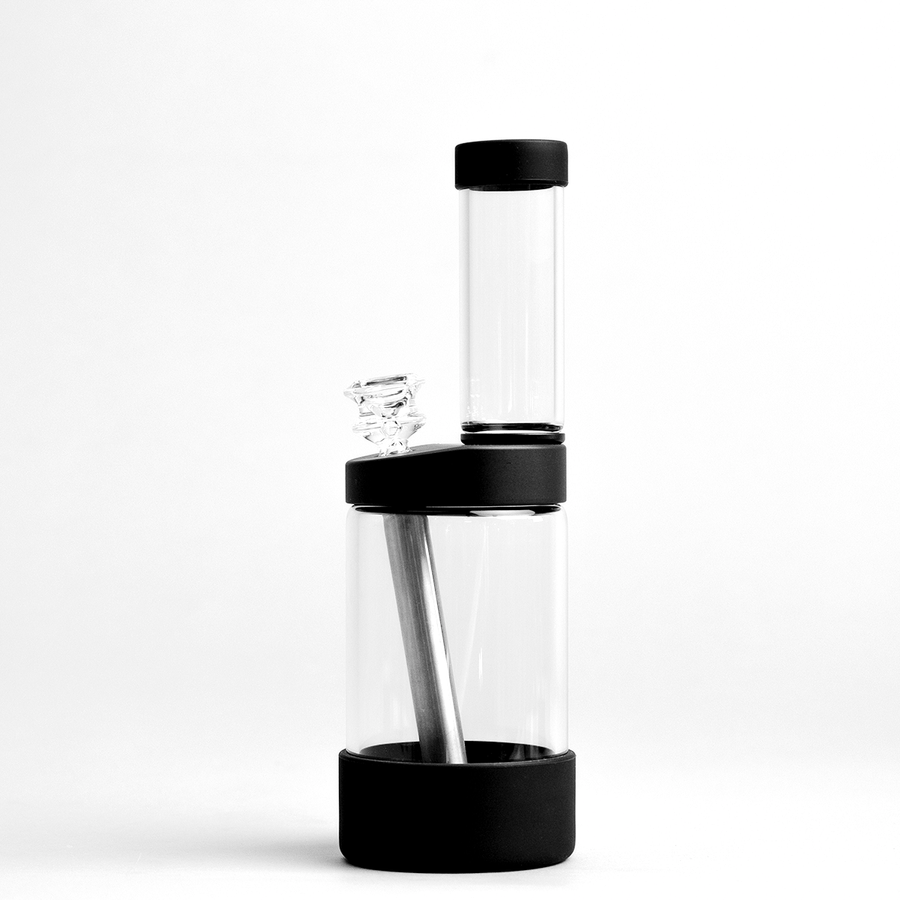



![Vessel Helix Pipe [Copper] - Headshop.com](http://www.headshop.com/cdn/shop/files/ad3c0443-b76d-4fe5-84b8-a617dd50a950.jpg?v=1747419387&width=900)
![Vessel Helix Pipe [Copper] - Headshop.com](http://www.headshop.com/cdn/shop/files/7b0e06e3-9106-4684-80e4-408362c34085.jpg?v=1747419388&width=1000)
![Vessel Wood Vape Pen Battery [White/Beechwood] + - Headshop.com](http://www.headshop.com/cdn/shop/files/4ecd5d0f-363a-454e-a7a0-229fb93bf456.jpg?v=1725470645&width=900)
![Vessel Wood Vape Pen Battery [White/Beechwood] + - Headshop.com](http://www.headshop.com/cdn/shop/files/d232e493-09e6-4574-b44c-3e2bde9425b4.jpg?v=1725470647&width=1000)

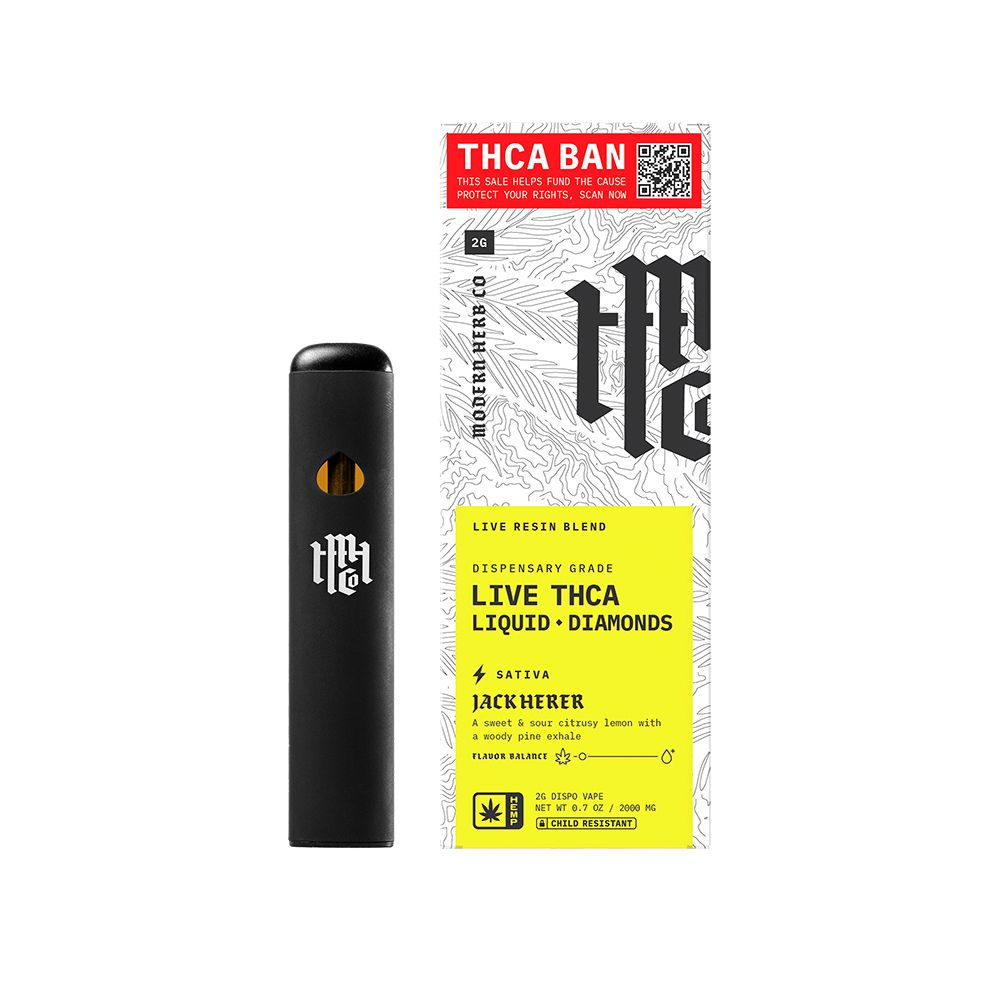
![Vessel Compass Apex Charger [Black] - Headshop.com](http://www.headshop.com/cdn/shop/files/f10e6bf4-6ce7-4a59-a50e-a4184f069754.jpg?v=1729115238&width=900)
![Vessel Compass Apex Charger [Black] - Headshop.com](http://www.headshop.com/cdn/shop/files/dce98c70-346c-405f-aca8-d59c7feed96d.jpg?v=1729115240&width=1000)
